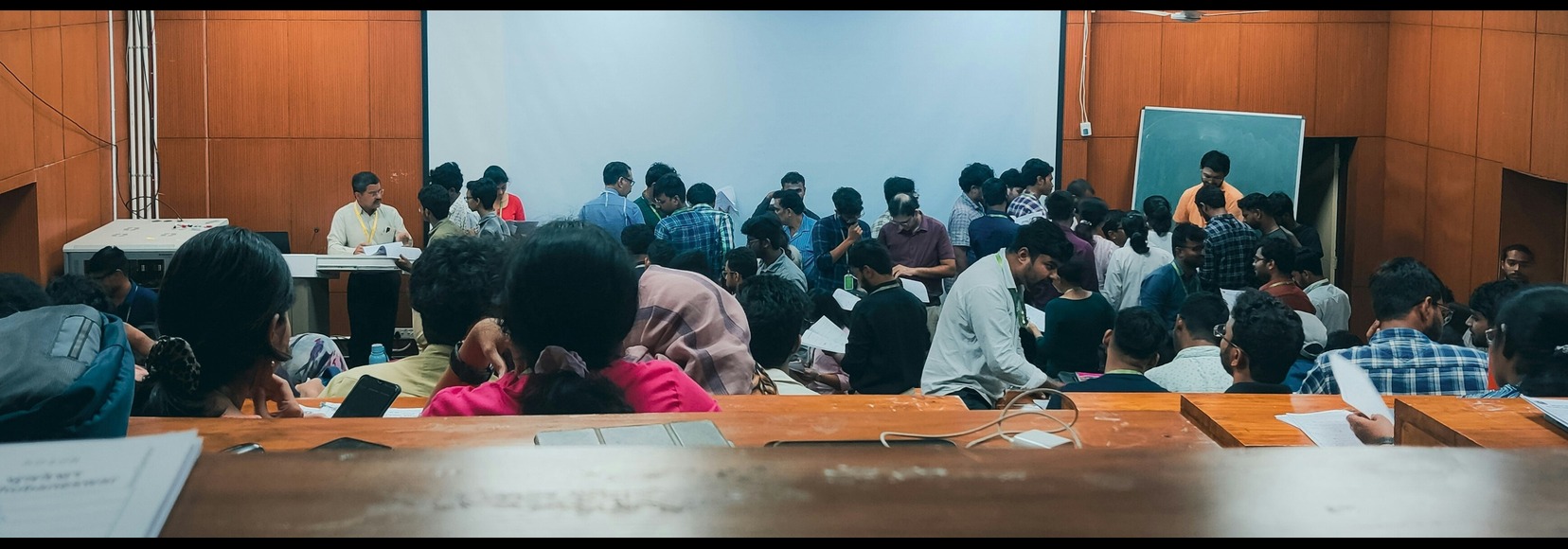Editing Exercise: Mock Academic Conference

At a Glance
Discipline
- Languages and Literature
Instructional Level
- College & CEGEP
Course
- Anti-Capitalist Fiction
Tasks in Workflow
Social Plane(s)
- Individual
- Group
- Whole Class
Type of Tasks
- Gaming & role-playing
- Experimenting & conducting inquiry
- Collecting & seeking information
Technical Details
Class size
- Small (20-49)
Time
- Single class period (< 90 mins)
Inclusivity & Accessibility
- Diversity of engagement
- Variety of action & expression
Instructional Purpose
- Preparation & knowledge activation
- Application & knowledge building
- Assessment & knowledge refinement
Overview
The aim of this activity is to highlight student excellence while teaching research integration. Students end up feeling empowered (yes, we can measure that) and better able to integrate research to support their opinions through the use of individual work and group role-play. The activity requires students to write a response based on a case study or reading, interview one another, and then edit their writing.
This activity centres the students as emotional humans with unique contributions that we need to hear. Based on neuroscientific pedagogy re: communicating brain centres (Active Learning, Universal Design; Katie Novak, Paulo Freire, etc.).
The activity takes place in class. It requires 90 minutes. A reading or object image etc. should be assigned for at-home reading before the class takes place.
NOTE:
- This activity is for any course where a writing response is valued. For more information see the workflow – At home-consumption prep type varies by discipline; one teacher assigns a photograph, another a lawsuit, another a medical interview, etc.
- Useful Technologies: Chalk or PowerPoint, however you like to review the at-home consumption that was required before class.
- Citation to others: Katie Novak’s work on connections between ’emotion’ and learning, a need to clearly state desired emotional objectives to students when beginning activities.
Instructional Objectives
Students will be able to
- identify the value of writing to express their intelligence
- recognize the collective need for their contributions in order for the class to learn and grow intellectually
Workflow & Materials

Activity Workflow
Applied Strategies
Published: 22/04/2025
Copyright: © 2025 Lachance. This is an open-access article distributed under the terms of the Creative Commons Attribution License (CC BY). The use, distribution or reproduction in other forums is permitted, provided the original author(s) and the copyright owner(s) are credited and that the original publication on this website is cited, in accordance with accepted academic practice. No use, distribution or reproduction is permitted which does not comply with these terms.



